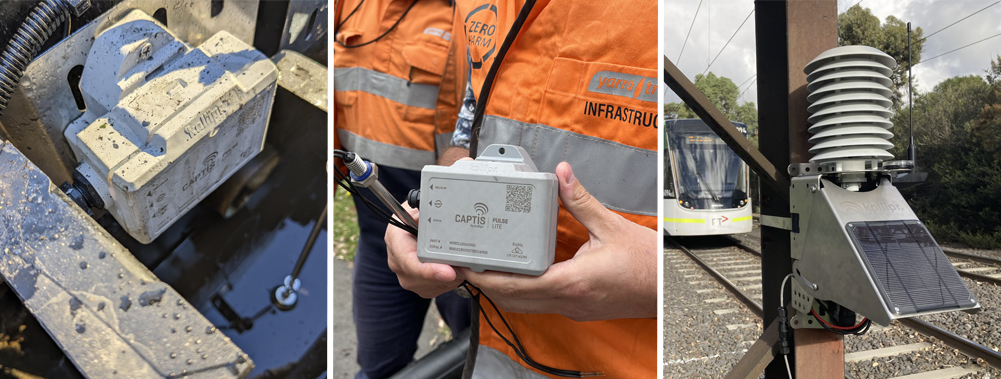
Smart City technologies helping the world’s largest tram network deliver half a million trips every day
A recent questionnaire from the University of South Australia found more than half of South Australian (SA) residents don’t understand what a ‘smart city’ is.
More than 200 questionnaires were completed by SA residents, revealing 45 per cent of respondents had never heard of the term and 54 per cent did not understand the concept. These findings correlate with a 2021 UK study, which found more than half of Britons don’t understand what a smart city entails.
Until recently, city leaders thought of smart technologies primarily as tools for becoming more efficient behind the scenes, with a lot of the smart city activity happening in the background. As a result, a resident of a smart city, or a city implementing smart technologies, likely hasn’t seen the layers of technology and digital infrastructure contributing to their day.
Smart technologies, like IIoT devices, are enabling proactive maintenance of city infrastructure and the collection of real-time data from infrastructure systems including transportation, energy, and water management. This process optimises city-wide operations and creates a higher quality of life for citizens.
Yarra Trams implementing IIoT technologies
In Australia, one example of smart city technology benefitting citizens is Melbourne’s Yarra Trams, operated by Keolis Downer. Yarra Trams have recently partnered with Madison Technologies to leverage IIoT solutions to create efficiencies in the way they manage their rail network, including tram safety and speeds.
Across the Yarra Trams network, junction pits fill with water and debris and a labour-intensive process to conduct routine maintenance is required. Yarra Trams required a solution that can detect water and solids that have built-up in junction pits, creating more efficient maintenance programs.
Secondly, during extreme weather events that bring high temperatures, the 40 kilometres of ballasted track managed by Yarra Trams is susceptible to buckling and needs careful monitoring. Before a visual inspection can be completed, tram speed restrictions must be implemented to keep commuters safe, which can lead to operational delays.
For the initial pilot program, Madison Technologies provided two solutions for Yarra Trams, leveraging IIoT technologies from Australian manufacturer, Kallipr. The first, a junction pit monitoring solution, provides up-to-date data on the levels of water in the junction pit. If a pit is full of water and not draining, alerts are sent, and maintenance teams can react quickly to clear it.
The second solution carefully tracks temperatures across sections of the track that are susceptible to buckling. Sensors monitoring the ambient air and rail temperature provide frequent data points back to the Yarra Trams Operations Centre, allowing for informed decision making when applying network speed limits, and reducing the reliance on visual inspection.

L-R: Installed device alerting on an overflow event, Captis Pulse Lite ready for install, Captis Rail temperature monitoring kit.
Both solutions use low-cost, low-power devices to enable remote monitoring and measurement, leveraging Telstra’s M2M NBIoT / CatM1 network to send small packets of low-cost data, making the overall solution incredibly cost effective.
The pilot program is providing Yarra Trams an important opportunity to test the technology in a real-world environment, gather feedback from users, and assess its cost-effectiveness and potential return on investment.
The pilot program also gives the team a chance to learn more about the technology and its possible uses, while lowering the risks connected with introducing a new technology. Yarra Trams can apply learnings and easily scale the technology across the network once perfected.
As cities become smarter, they become more liveable and responsive, and we are only seeing a preview of what technology could eventually do in the urban environment. Smart city technologies have the potential to create a more efficient, sustainable, and equitable future for all city residents.
